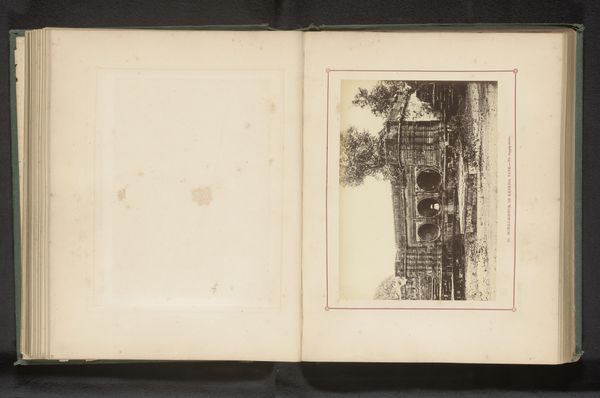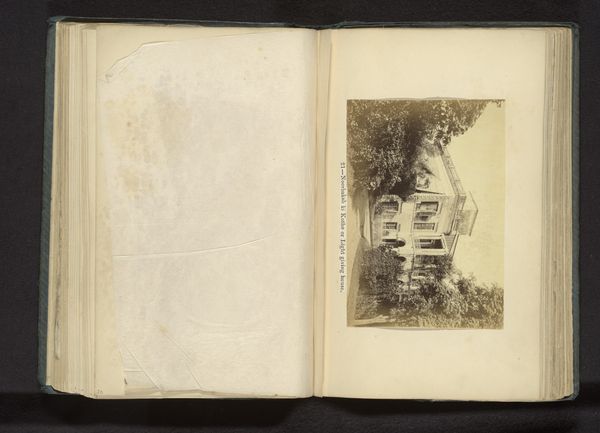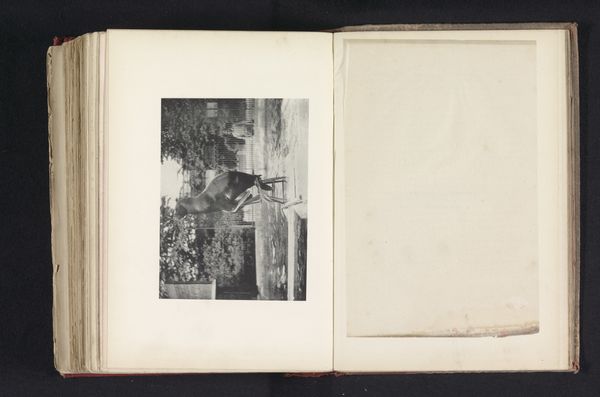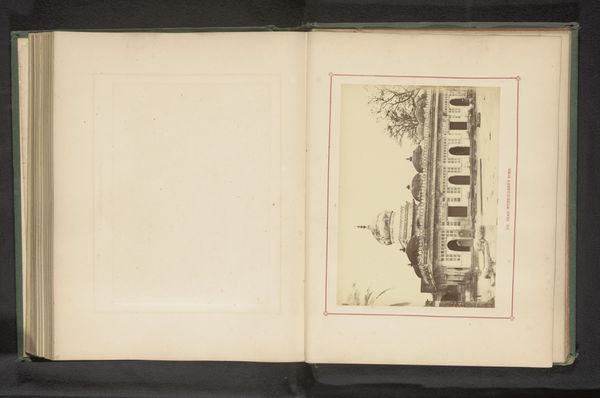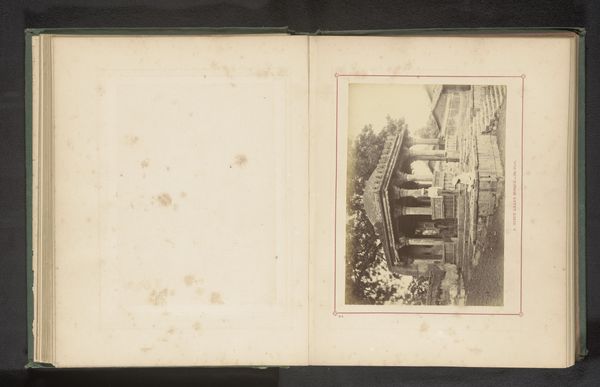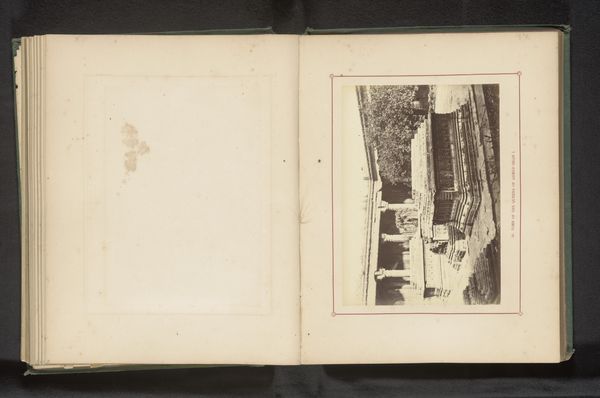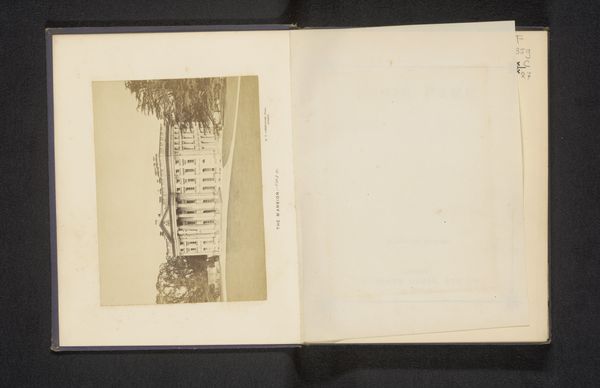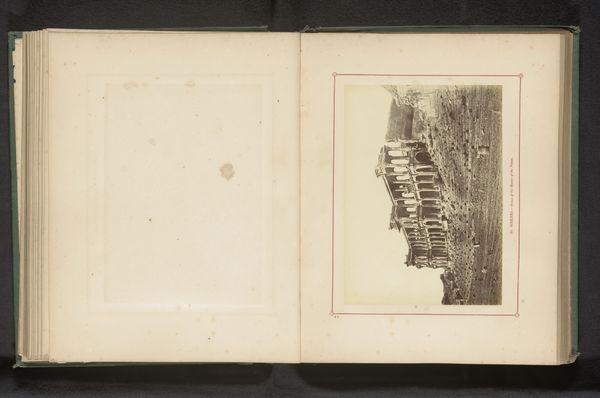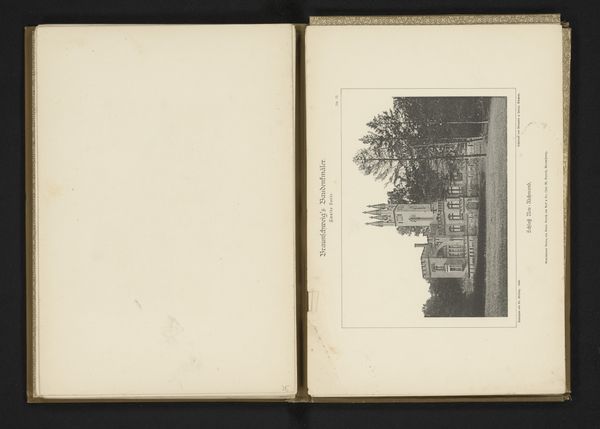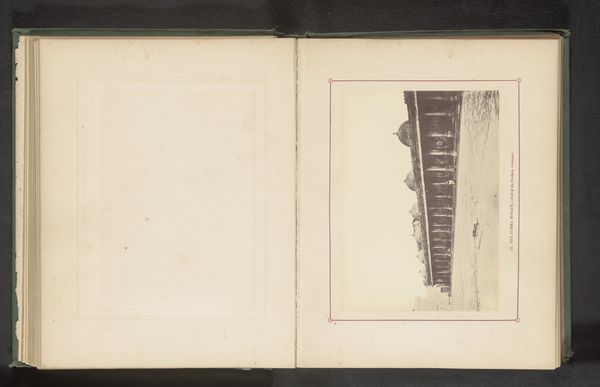
photography, albumen-print
#
landscape
#
photography
#
cityscape
#
islamic-art
#
albumen-print
Dimensions: height 136 mm, width 186 mm
Copyright: Rijks Museum: Open Domain
Editor: So, this is a photograph from before 1866 by Thomas Biggs, titled 'Tombe van Ahmed Khattu Ganj Baksh op Sarkhej Roza bij Ahmedabad'. It looks like an albumen print of a tomb complex. What strikes me is how the sharp detail in the building contrasts with the softer focus of the surrounding foliage. What stands out to you? Curator: For me, it's about the industrial nature of photography during this period intersecting with architectural representation. The albumen print process itself is fascinating - think of the labor involved, from preparing the paper to the careful exposure and development. The social context of this image matters: How does the mass production of these images impact cultural perceptions? Editor: That's interesting. So you’re focusing more on how it was made and distributed rather than, say, its artistic composition? Curator: Exactly! Consider the relationship between the photographer, the subject, and the audience. Who was consuming these images? What narratives were they reinforcing or challenging about Islamic architecture and culture? We need to think about the materials—glass plate negatives, albumen derived from eggs, the chemicals used—and how those dictated the possibilities and limitations of the image itself. The choice to create an albumen print wasn’t just an aesthetic one; it was embedded in economic and material realities. Editor: I see, so it's less about the beauty and more about the… mechanics and social implications. Curator: Precisely. And it challenges the very idea of "high art," pushing us to examine the labour, the materiality, and the systems of production and consumption that gave rise to this image. Editor: That's a completely different lens than I would have used. It makes you wonder about all the unseen hands that contributed to this single photograph. Thank you! Curator: Indeed, understanding art's connection to materiality changes how we perceive art, and understand its history.
Comments
No comments
Be the first to comment and join the conversation on the ultimate creative platform.
